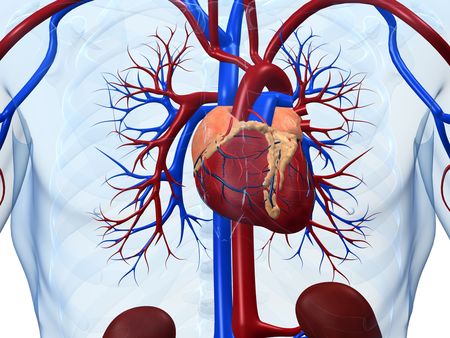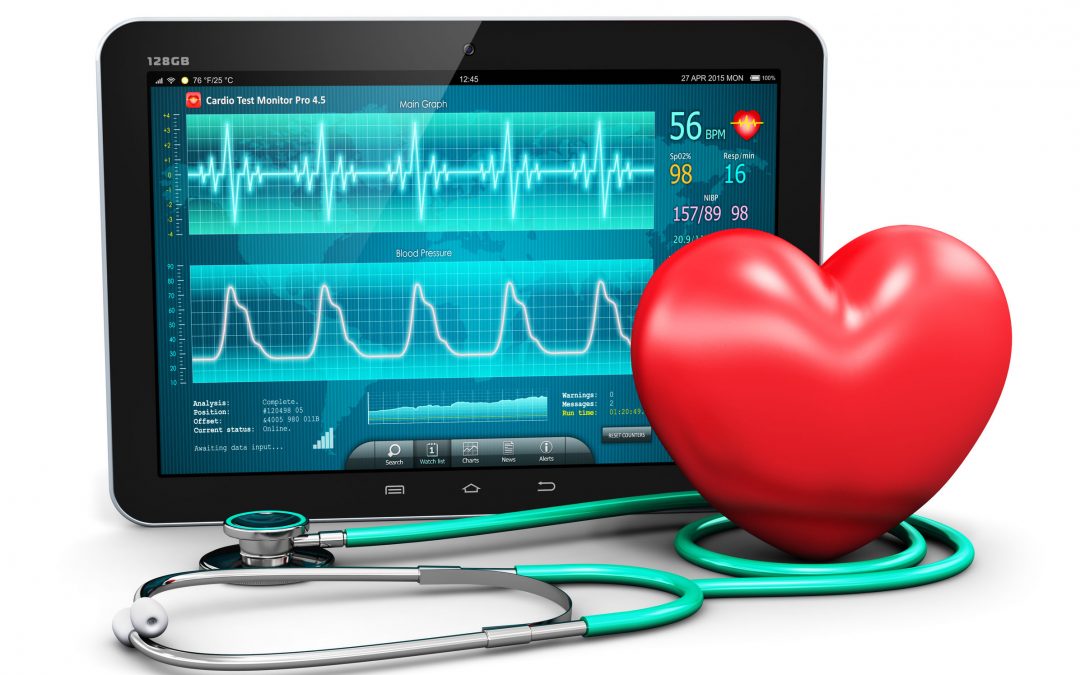
by DrCiuffo | Jul 28, 2022 | Blog
You often read that you can support your heart health with a healthy diet, but what constitutes a healthy diet? How do you know what foods to eat and which to avoid? In general, whole foods and natural, unprocessed foods are the best choices. It’s important, however, to enjoy a balanced diet. Too much fruit, for example, can be almost as bad as eating a steady diet of processed, sugary foods. This list should give you a good place to start building the foundations of a healthy diet. Skip the Mayo You already know that mayonnaise is full of fat and oil and that the cholesterol it contains is hard on your heart. Did you know there’s a healthier alternative? Instead of slathering a sandwich with mayo, consider layering it with thinly-sliced pieces of ripe avocado. The creamy texture and flavor make a satisfying substitute, and avocado is considered a “super food,” packed with good cholesterol that’s heart-healthy. A better choice: Skip the bread and prepare a chef’s salad using lean meats like grilled chicken breast, chunks of avocado, romaine lettuce, carrots, tomatoes, cucumbers, and other crisp, tasty vegetables for a filling meal. Whole Grains Whole grains help to cleanse the cholesterol from the body. Brown rice, oatmeal, and other whole grains are excellent sources of energy. They take longer to digest than processed foods, making them more filling and satisfying. Consider layering lean meats like fish, pork, and chicken with brown rice and beans. The fiber is filling and provides longer-lasting energy than the quick buzz from simple carbohydrates. Olive Oil Olive oil has long been known to... 
by DrCiuffo | Jul 15, 2022 | Blog, Articles, Heart Health
Anatomy of the Heart As one of the most essential parts of the body, the anatomy of the heart is important to know and understand. The heart is located just behind the sternum, slightly to the left. It’s protected by a tough sac called the pericardium. The heart needs all the protection it can get; it beats an average of 100,000 times a day, pumping about 2,000 gallons worth of blood through the body. The pericardium protects the roots of the major blood vessels. It’s attached to the spinal column and diaphragm with strong ligaments that keep the heart in place and protect it from movement within the chest. At MIBHS, we are well educated in the anatomy of the heart and want to teach others about it as well. By understanding more about the muscle itself, you can further understand the need to keep it healthy. It may even be a quick recap on the education you already have from growing up in science class. If that is the case, it is never a bad time to refresh your knowledge on parts of the body. The Anatomy of the Heart Broken Down The anatomy of the heart is simple once broken into parts. By dividing the heart into its individual sections, it can give patients a greater understanding of the organ itself. This mainly comes down to the walls of the heart, four chambers, and four valves. It may seem impossible to fit that many parts into one organ, but that is part of what makes it such a miraculous part of the body. Walls of the Heart... 
by DrCiuffo | Jun 30, 2022 | Blog, Dr. Giovanni B Ciuffo, Heart Health
What is a Heart Murmur And What Are The Signs? A heart murmur is an unusual sound in the heartbeat’s cycle that’s caused by blood moving improperly through the valve system of the heart. The normal “lub-dub” sound that can be heard through a stethoscope is the sound of the heart valves opening and closing as they guide the blood through the heart during normal circulation. A murmur occurs when the valves aren’t doing their jobs properly and blood is flowing backward through the heart instead of following the normal pathways. Symptoms A heart murmur can cause poor circulation, which may result in cold or bluish extremities, especially the fingertips, toes, and lips. A victim may also experience swelling and weight gain, heavy sweating with minimal exertion, dizziness, and fainting, chest pain, chronic cough, or shortness of breath. In young children and infants, symptoms may also include a poor appetite and a failure to grow normally. Any of these symptoms should be a sign that it’s time to talk to your doctor about the underlying causes of your symptoms. It is important to not put off the trip to the doctor when it involves the heart. The doctor can then take into account the types of heart murmur it is before giving you the next step in the course of action. From there, you can have a better idea of what to consider about your heart’s health moving forward. Types of Heart Murmurs Johns Hopkins Medicine defines the three types of heart murmurs as “systolic”, “diastolic”, and “continuous.” A systolic murmur occurs during a heart muscle contraction. They are... by DrCiuffo | Jun 15, 2022 | Blog, Dr. Giovanni B Ciuffo, Recovery
What is Thoracic Surgery Recovery Like? What is thoracic surgery? Any surgery performed with an incision that enters through the chest is considered thoracic surgery, including open-heart surgery. Recovering from thoracic surgery is a long process. The recovery process will depend upon the exact type of surgery you have, the placement and size of the incision, the condition of the individual patient, and the care taken post-surgery. After all of these are considered, the doctors and healthcare professionals can provide the optimal recovery plan for your situation. To understand what it will look like, it is also essential to comprehend thoracic surgery itself. By learning more about thoracic surgery, you can see why the recovery process is such a long process. At the Minimally Invasive and Bloodless Heart Surgery Program, we provide you with the information that makes processes like this less intimidating from the start. There is less worry and more time to focus on reaching your important health goals. What is Thoracic Surgery? According to the Cancer Treatment Centers of America, thoracic surgery often referred to as open-heart surgery, may address a problem with the heart, esophagus, lungs, trachea, aorta, or diaphragm. Open heart surgery poses a significant challenge when it comes to healing. It’s going to take time to get back to feeling your best. It’s common to feel very tired and run down for six to eight weeks following the surgery. Your chest may feel swollen and sore for up to six weeks following the surgery. Most patients with traditional open-heart surgery go home with staples or stitches holding the incision closed while it heals.... 
by DrCiuffo | May 31, 2022 | Heart Health, Blog
6 Heart-Healthy Foods for the Spring With the warmer weather, farmers’ markets and grocery aisles provide more fresh produce and better opportunities to eat fresh foods that are heart-healthy choices. Heart-healthy foods for the spring are easy to come by. With the influx of barbecue and heavy desserts comes opportunities to acquire fresh fruits and vegetables, so it’s a time to make heart-healthy choices for yourself as the warm months roll in. We are here to provide you with the best ways to bring in heart-healthy foods without sacrificing the tastes you love. Heart-Healthy Nuts Snacking on nuts like almonds, peanuts, and seeds like pumpkin or sunflower seeds can help reduce inflammation, which is one of the markers for heart disease. They also help reduce the risk of blood clots and can help improve the health of the lining of the arteries. Packed with fiber, vitamin E, and protein, nuts are an excellent low-fat snack. Add nuts to dishes to add crunch and flavor, as well as make things like salads more filling and satisfying. Try a handful of walnuts in a crunchy apple salad for a sweet treat that’s not too heavy on sugar. Some nuts are even great combined together and simply eaten plain. There is no limit to how you can try these out and find the ones that taste the best to you. Barley, Oats, and Grains Fiber is your heart’s best friend, helping to clean cholesterol from the body’s storage systems and keeping your digestive health on track. Oats and other whole grains provide a slow-burning source of energy and carbohydrates. Unlike highly-processed foods...




